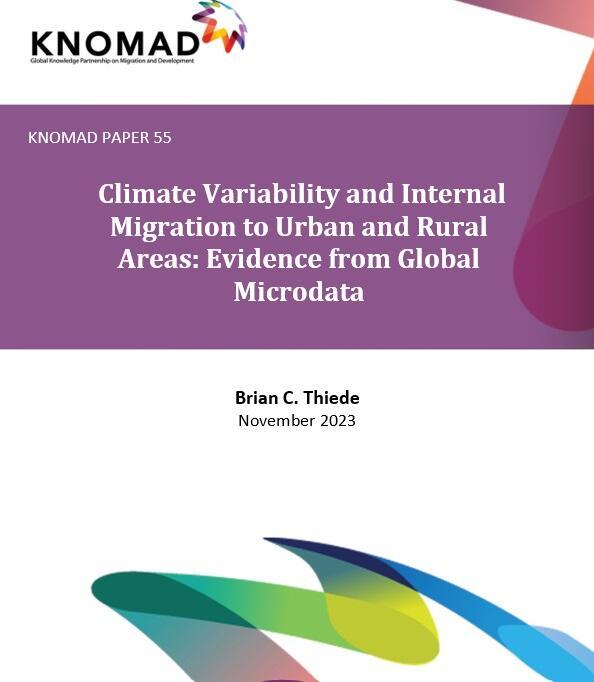
Climate Variability and Internal Migration to Urban and Rural Areas: Evidence from Global Microdata
Climate change is expected to have significant impacts on human population dynamics around the world, including on migration systems. The empirical evidence on climate-induced migration has expanded rapidly over the past decade, and it demonstrates significant but complex associations between temperature and precipitation variability and migration. Such environmental changes lead to shifts in migration behavior, but the direction and magnitude of such effects varies by context and across different sub-populations. The literature also remains characterized by important limitations, including a lack of generalizable evidence about whether and how climatic changes influence migration between rural and urban areas. Climatic changes are often believed to have disproportionate effects on rural-urban migration, but this assumption has been rarely tested empirically. This paper addresses this gap by measuring the effects of temperature and precipitation variability on inter-province migration to rural and urban areas in the developing world and developing statistical profiles of climate-affected migrants to urban areas. Drawing on integrated census and survey microdata from 23 countries, combined with high-resolution climate records, a series of multinomial logistic regression models are fit to measure the effects of climate exposures on internal migration to urban destinations and to test for heterogeneity in these effects across social and demographic groups. Subsequent analyses identify a population of climate-affected migrants in cities and develop statistical profiles of this group and comparison populations. Results show that climate exposures affect migration to urban but not rural provinces, with precipitation deficits strongly reducing the odds of urban-bound moves. Precipitation effects do not vary in a meaningful manner across many social and demographic groups or between rural and urban origins, but both temperature and precipitation effects vary significantly by world region. Statistical profiles of climate-affected migrants to cities suggest this population is remarkably similar to other streams of urban-bound migrants. The results should reduce concerns that climate change will disproportionately push the most disadvantaged populations to cities.

